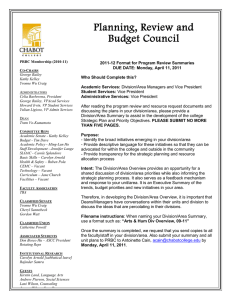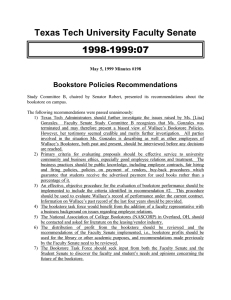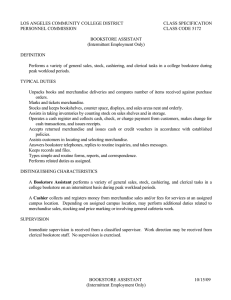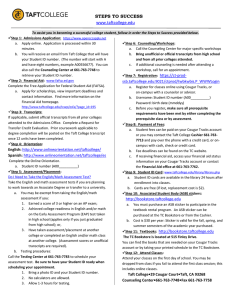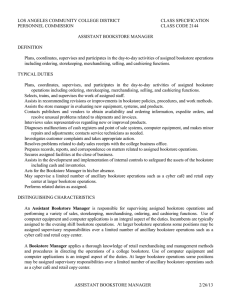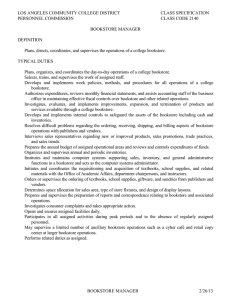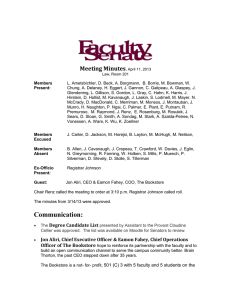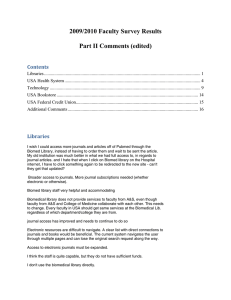Document 11251202
advertisement
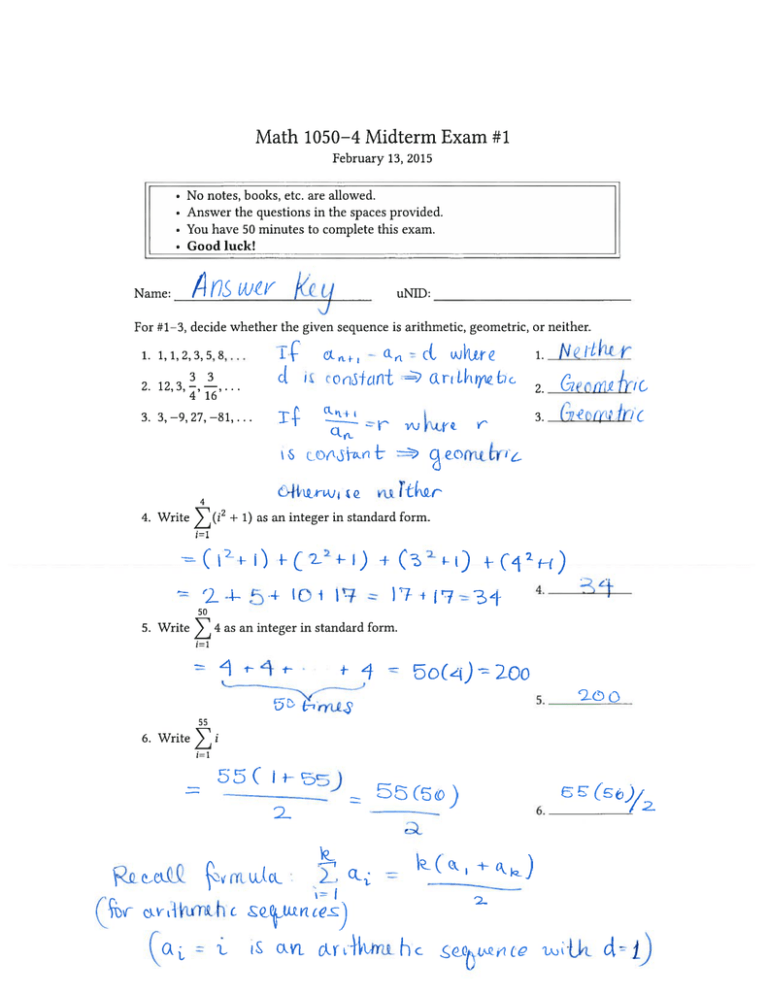
Math 1050—4 Midterm Exam #1
February 13, 2015
• No notes, books, etc. are allowed.
• Answer the questions in the spaces provided.
• You have 50 minutes to complete this exam.
• Good luck!
Name:
/4 i’7S t’ii’
uNID:
For #1—3, decide whether the given sequence is arithmetic, geometric, or neither.
1. 1, 1,2,3, 5,8,...
If
2.
d
3. 3,—9,27, —81,...
if
Niti’ r
—
&
coflScfl±
c Q(l t1 1:
(‘LI £ Q
4. Write
2
Z
+
)
:::?
rithQit1c
2.
ec- JYC
3.
(4iy
tric
e c’1
U
1) as an integer in standard form.
cH)
74i734
50
4 as an integer in standard form.
5. Write
5 n(t)
_)‘-
6. Write
-
20o
5
tT1fl’L.S
Z
3
c
(s
6.
fim(c.
h
ça
=
tS
tLk
c i)
7. What is the 72nd term in the sequence 5, 15, 45, 135,
.
.
I
(flI)
5x
5(3}I)
Zi?c3 LS
oc
7
8. What is the 39th term in the sequence 6, 16, 26, 36,...? (Your answer should be an
integer in standard form.)
• (
(0
2c
.4
/D
cu 4kn
8._______
kk ct-1o
1
9. What is the sum of the first 30 terms in the sequence 3,6,9, 12,.
:3_
.
L
9.________
10. What does the following series equal: 8 + 2 +
+
+
...?
Cc
2
I
/
Page2
I(C
v /‘
11. A bookstore has 9,000 books for sale. It wants to rate its 20 best books, from first to
twentieth. How many different rankings are possible?
n’axu ujc
20
os
fo
01000
tRi (qgoji
a( icLr 11
12. A bookstore store wants to arrange their 9,000 board games. One option is to order
them alphabetically. How m1
1 different ways could they order their books?
U uj
CF
1
M
i
0
CQ
OCY
Lf
f
qq)()
u
s
12
CJQ(9/
..
13. A bookstore wants fo choose 30 of its 9,000 books tojut on a summer reading list.
How many ways could the store choose 30 of its books?
of
( q
LC
V1CUiA
,O0o
13.
-
14. Tracy goes to a bookstore to buy three books: a classic, a nonfiction, and a fantasy.
She narrows her options down to 5 classics, 3 nonfiction, and 6 fantasy books. How
many different combinations of three books could she buy if she buys one book from
each category?
Kj.
cbc
i.______
15. What is (12)? (Your answer should be a natural number in standard form.)
-
()
2(Io
16. If f(x)
=
+
5 + 9 and g(x)
x
=
22Q
15.
35 + 2, then what is g o
x
ccc?L)J
,-
3o
1—7C iq
x
Page3
:
Ccv b(’
17. What is the implied domain of f(x)
=
4
9x
— 5x + 1?
v
.ç
17.____
18. What is the implied domain of
7
33x
— 2x
4+6
?
C
Below is the graph of a function f(x). Use this graph to answer questions #19—23.
4
(z)
3
2
2
1
2
3
4
5
6
7
8
O(
C-))
19. What isf(4)?
20. What is the domain of f?
21. What is the range of f?
19._—
=
..
l(
20._____
l
22. What are the x-intercepts of the graph of f?
23. What is the y-intercept of the graph of f?
Page 4
k
21.
or_i ‘“22.
23.
/
4
(_
s-i
-±-
‘—•
><
N
t
L—
.—
Ui
‘4
c-y’
—
-L
—
.
-
—-
\—
ol
—.
_L1
-L
—
(Th
-
-
-.
13
C
C
—
c-,-
C-,
(_.
CD
0
fTh
rz
—
—J’
ci
-q.
For #26—3 1, the shape of the graph is important; tic marks are not.
26. Graph
id.
29. Graph x
.
3
/
//
/
27. Graph f(x)
=
/
30. Graph
3.
(of
)
31. Graph—k.
28. Graphx
.
2
\\
I
Page 6
For #32 and #33, be precise—the shape of the graph is not the only important thing.
32. Graph g : [—1, 2)
—
R where g(x)
=
.
3
x
8
c)
6
4
2
—4
2
33. Graphh : {2,3,6}
—
Rwhereh(x)
=
4
6—x.
8
6
(2,4)
4
0
2
(c
2
Page 7
(c
ce)



